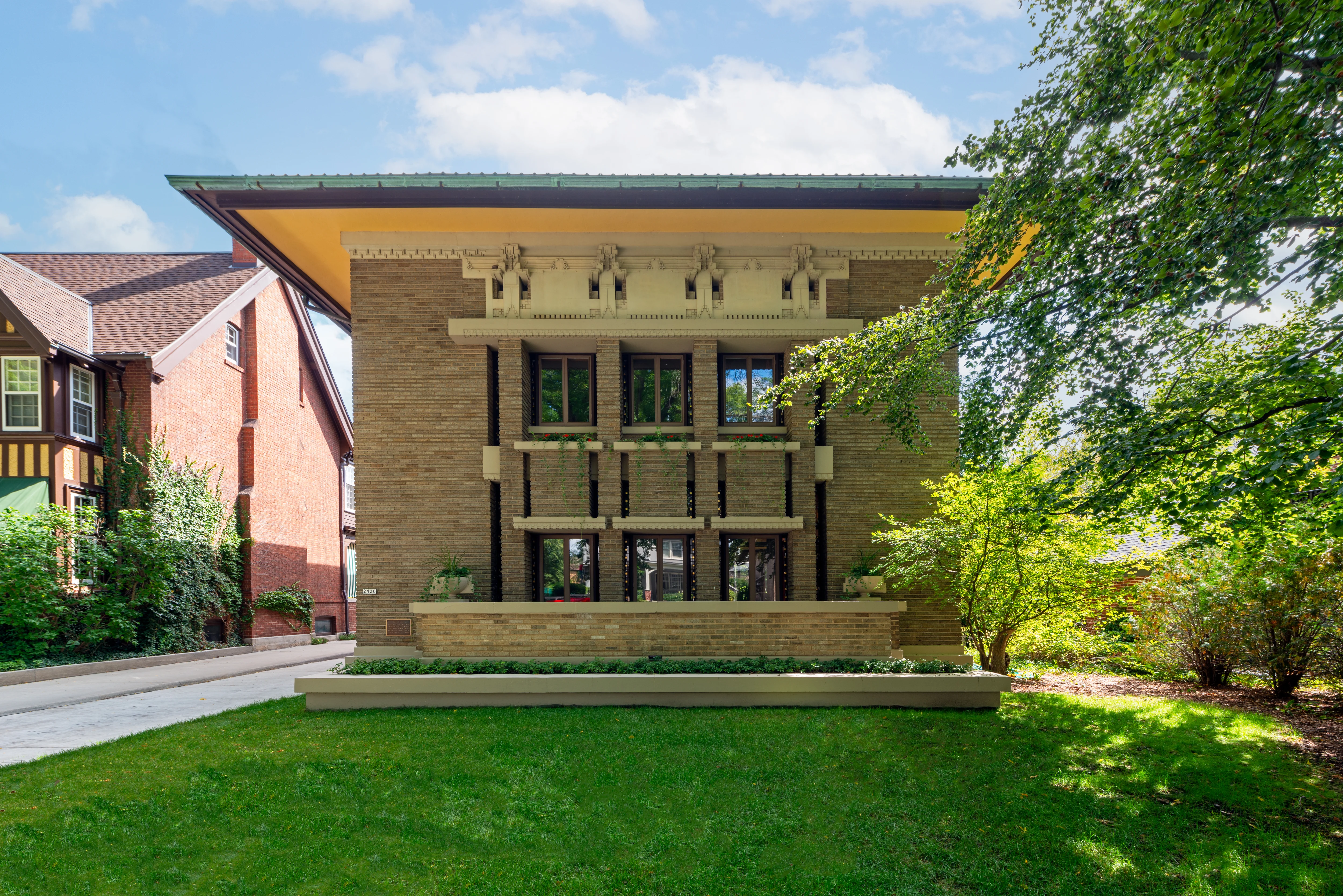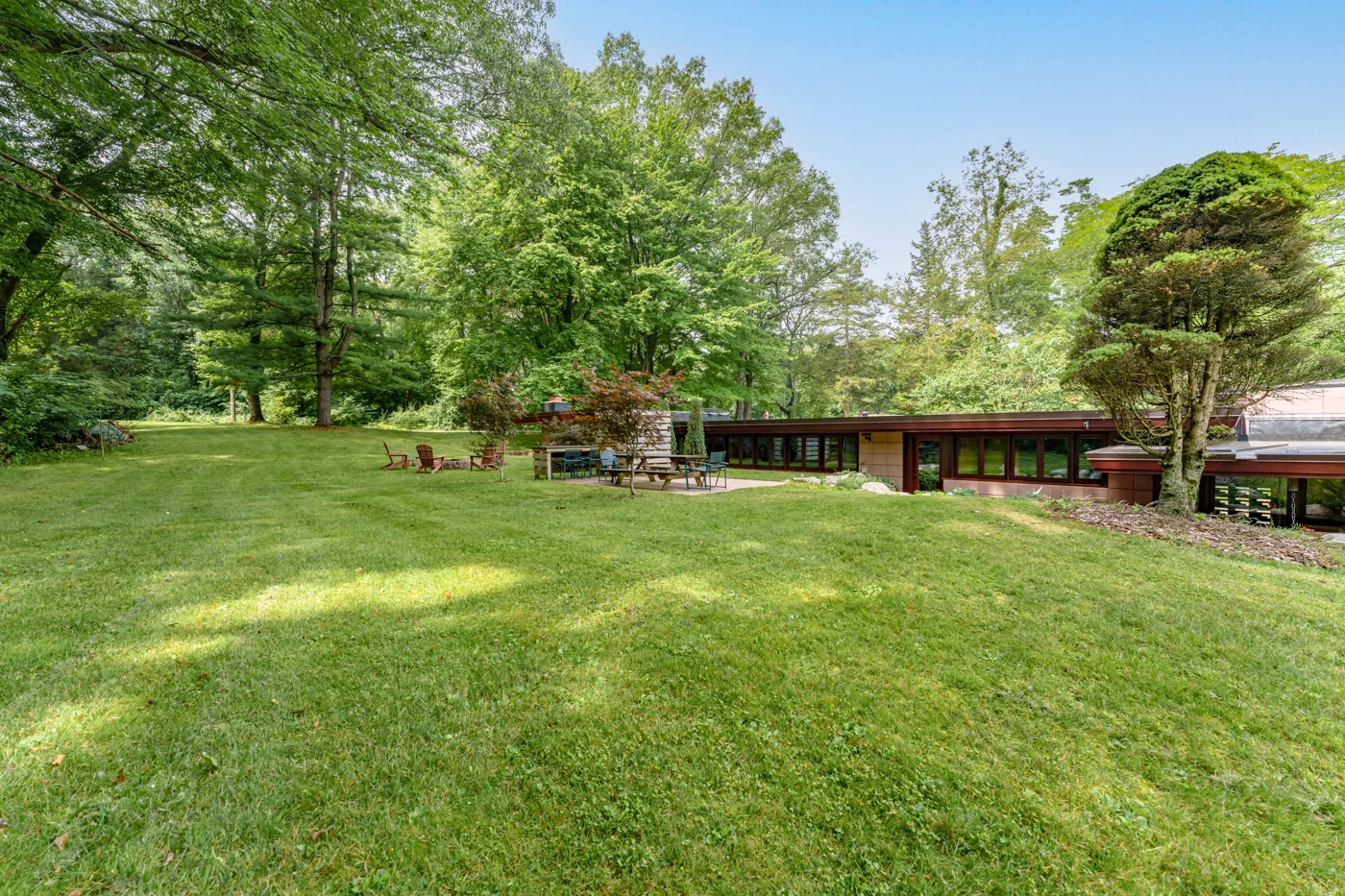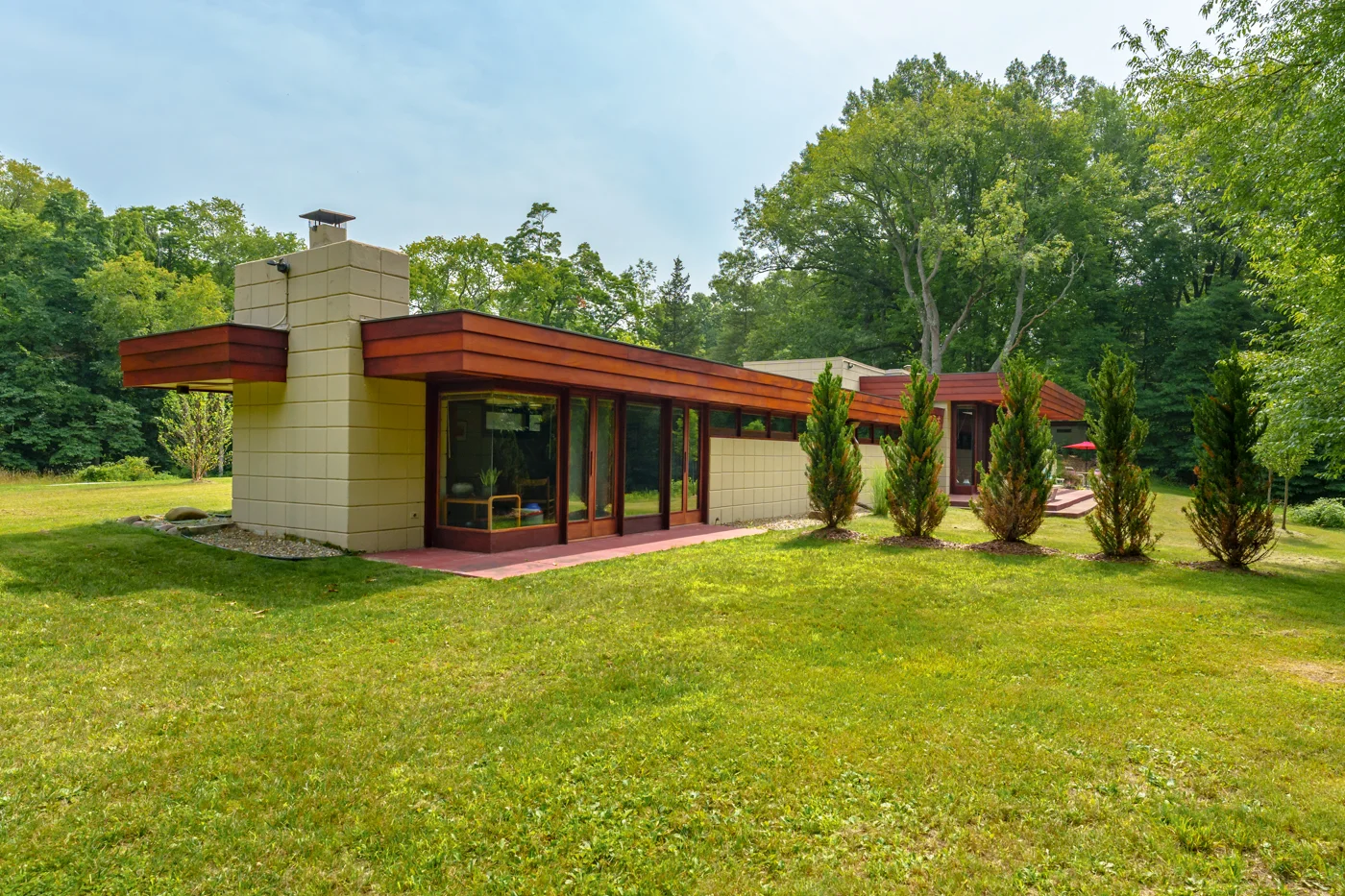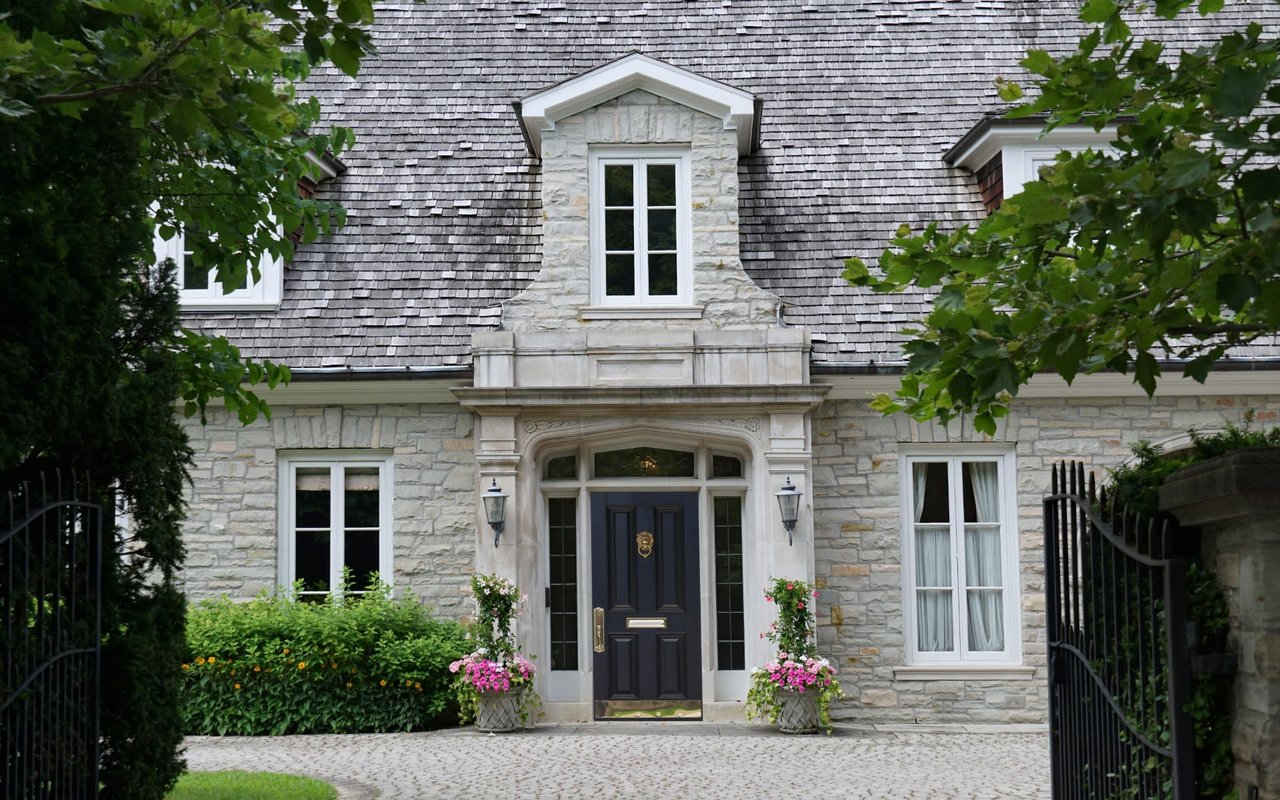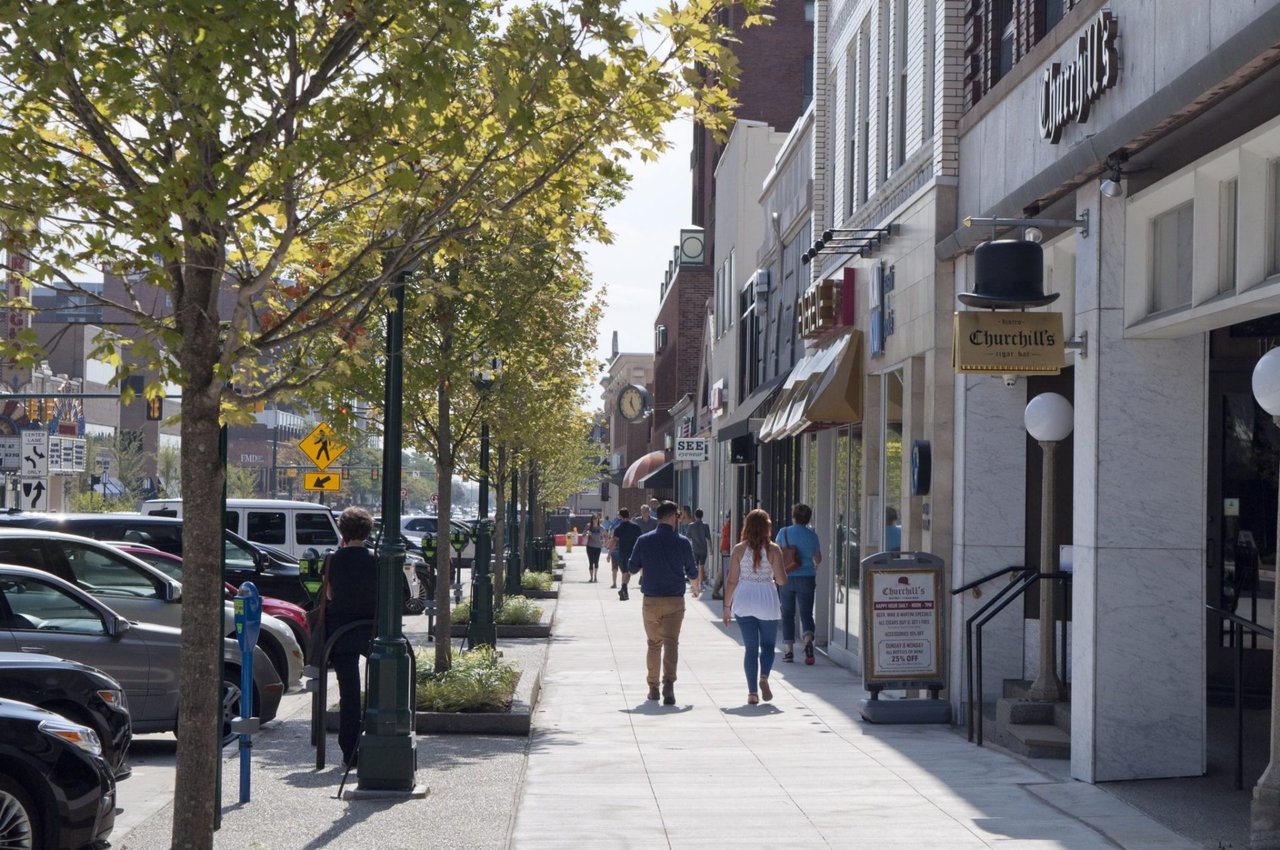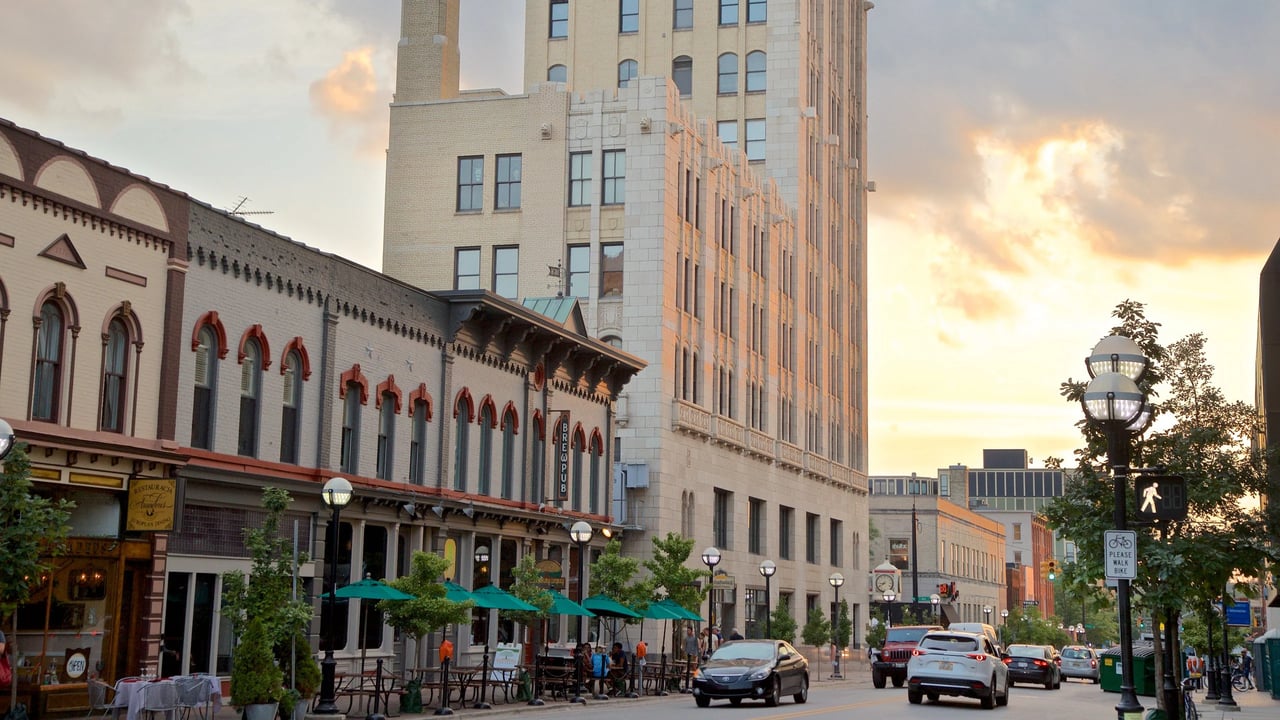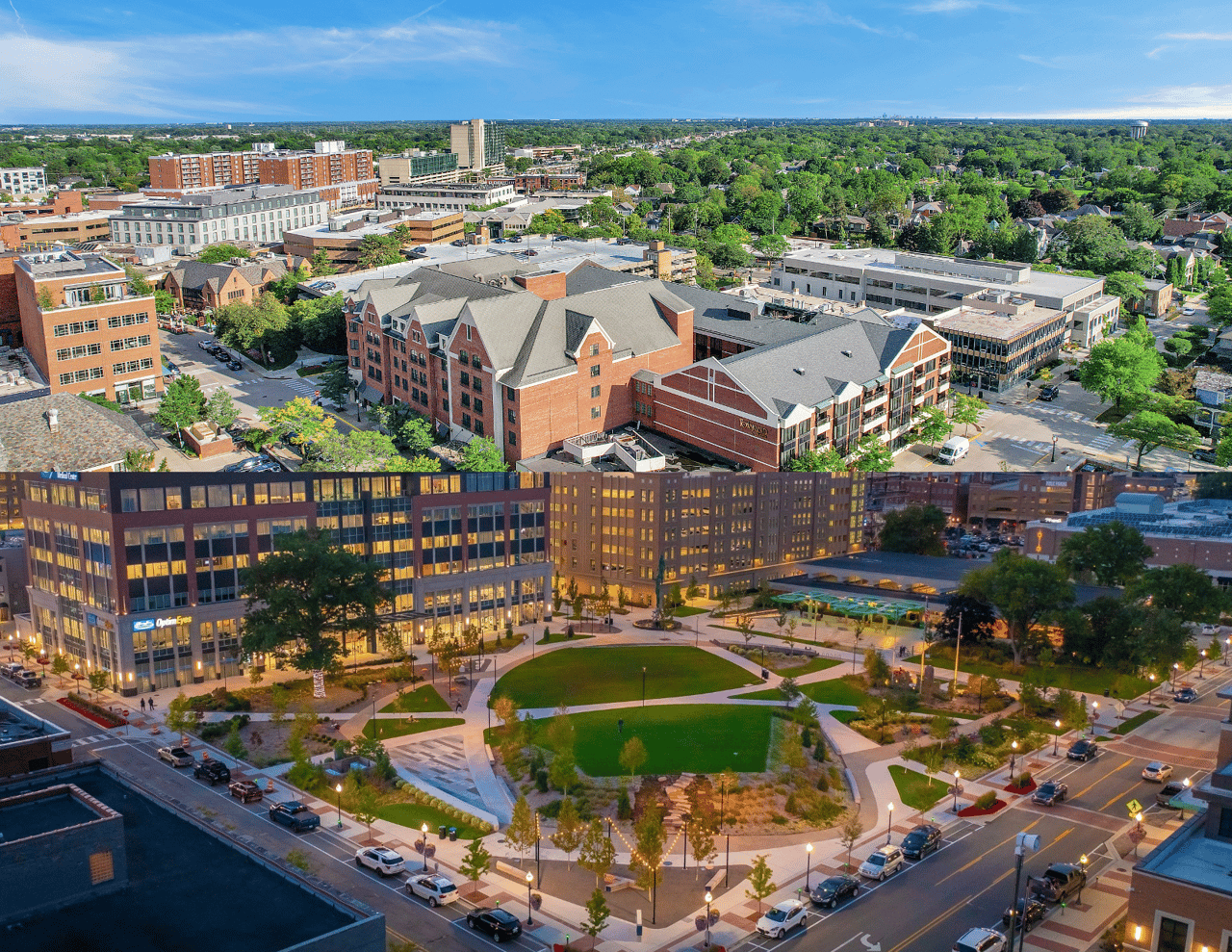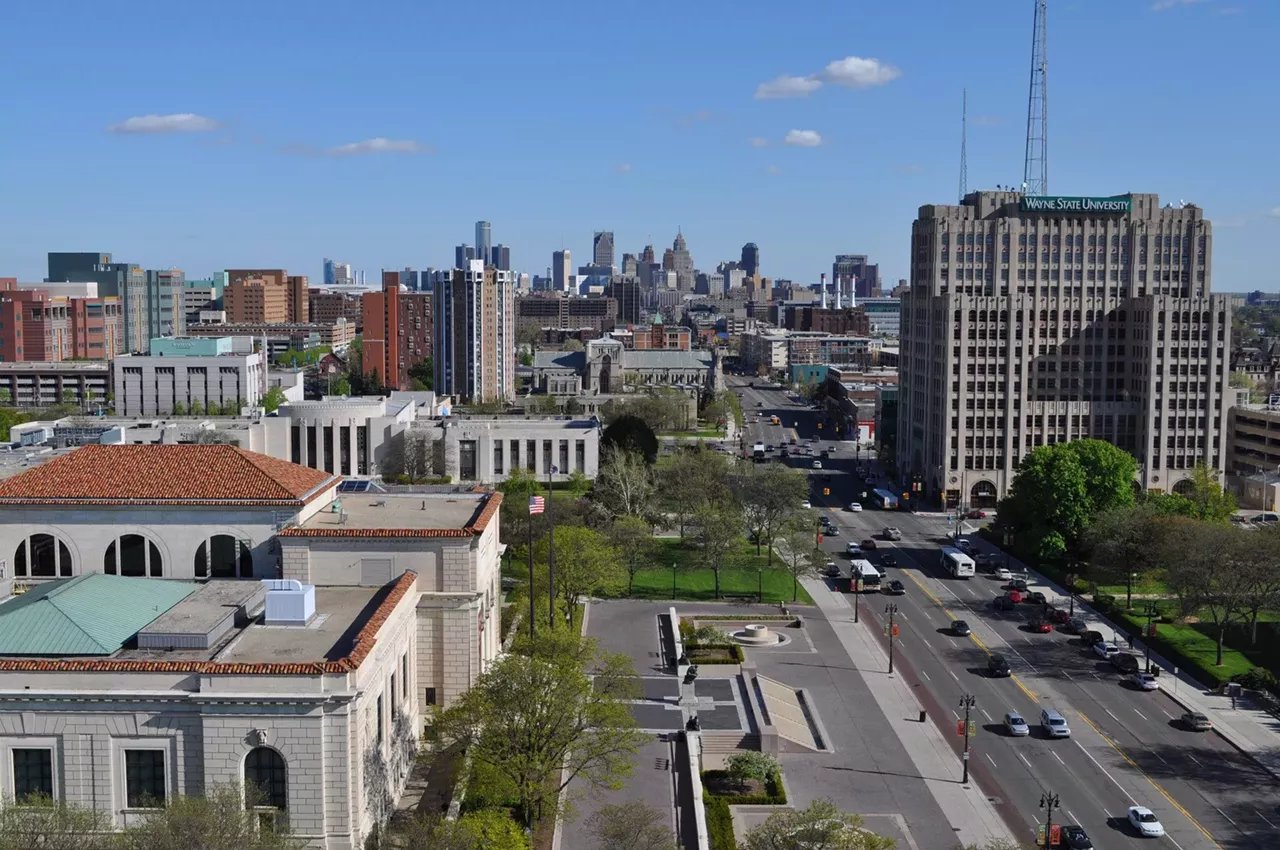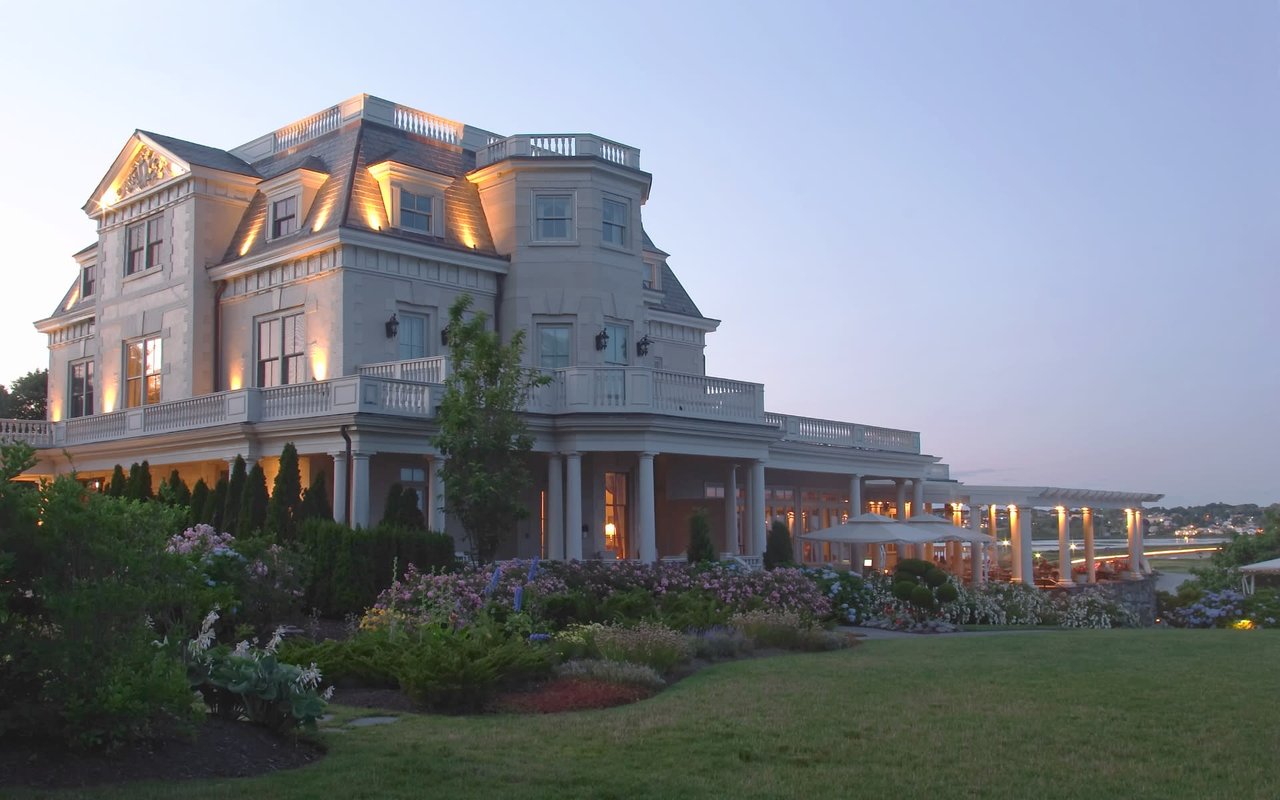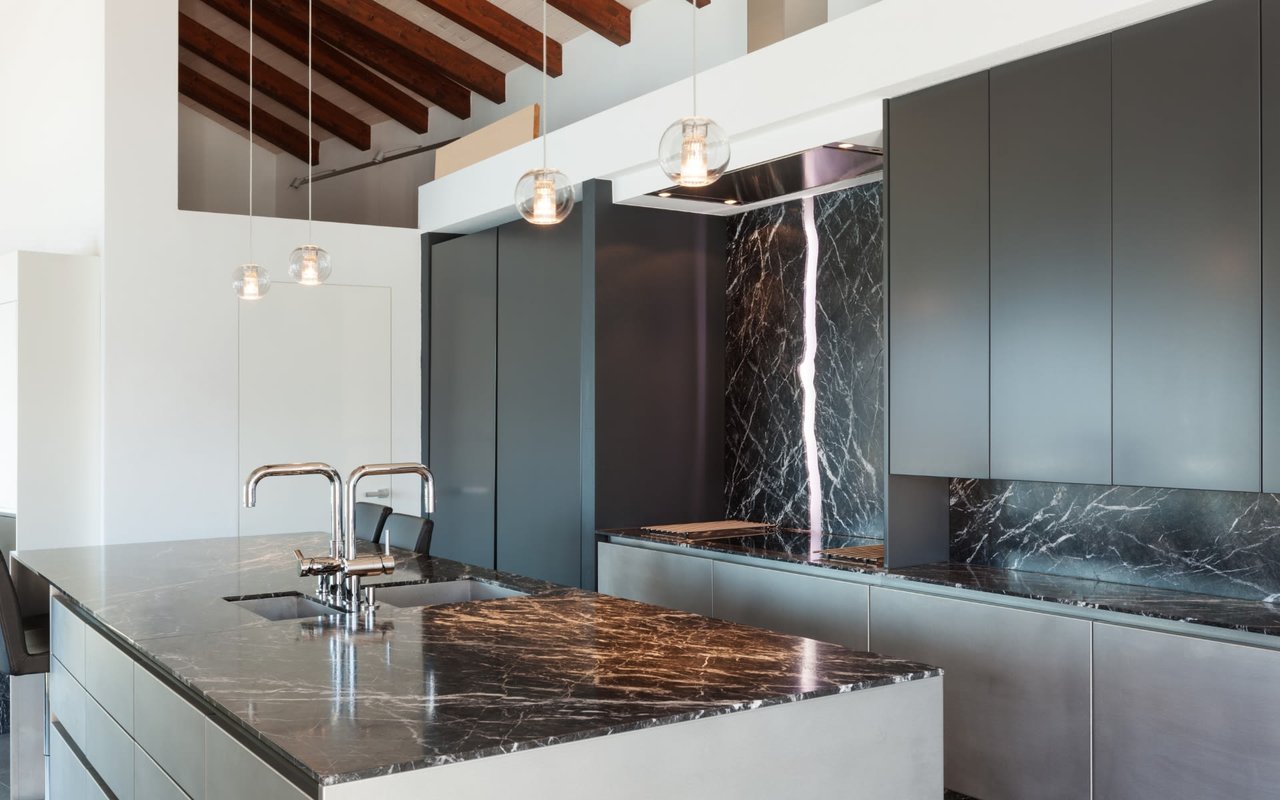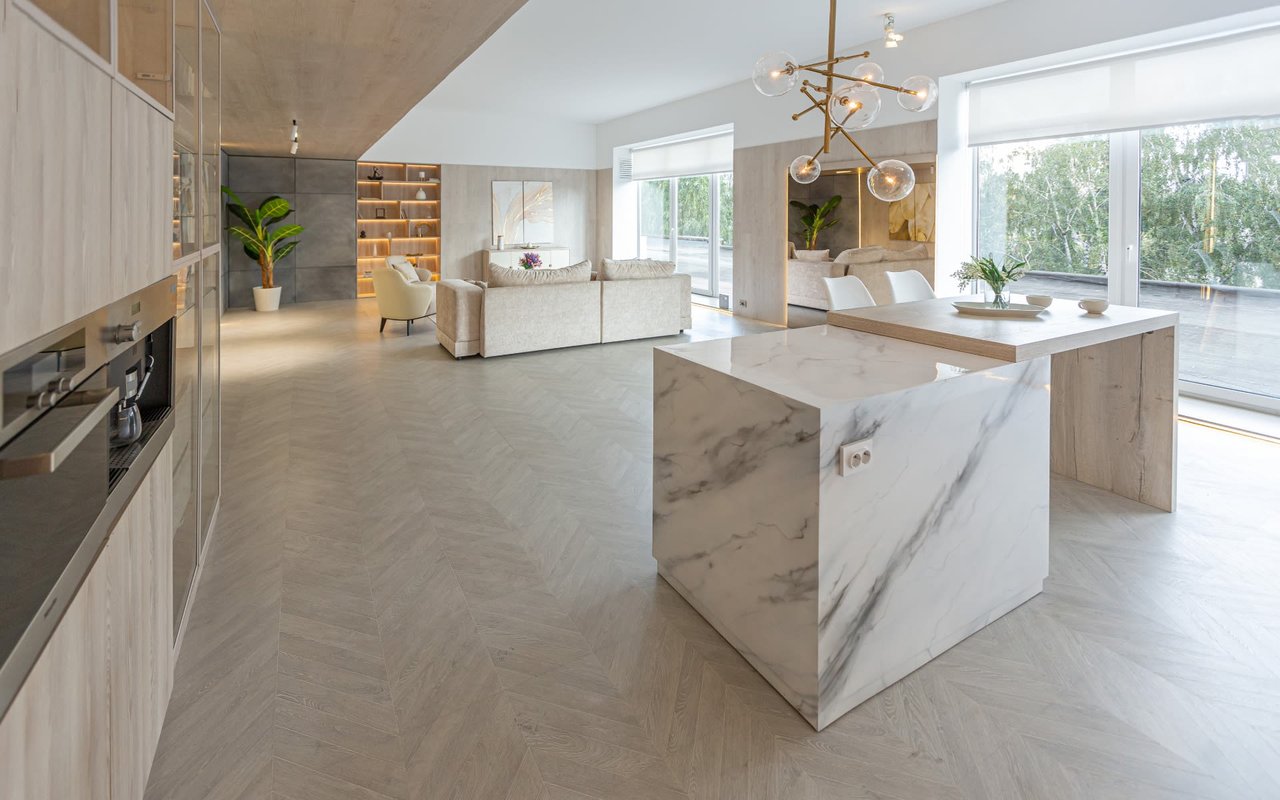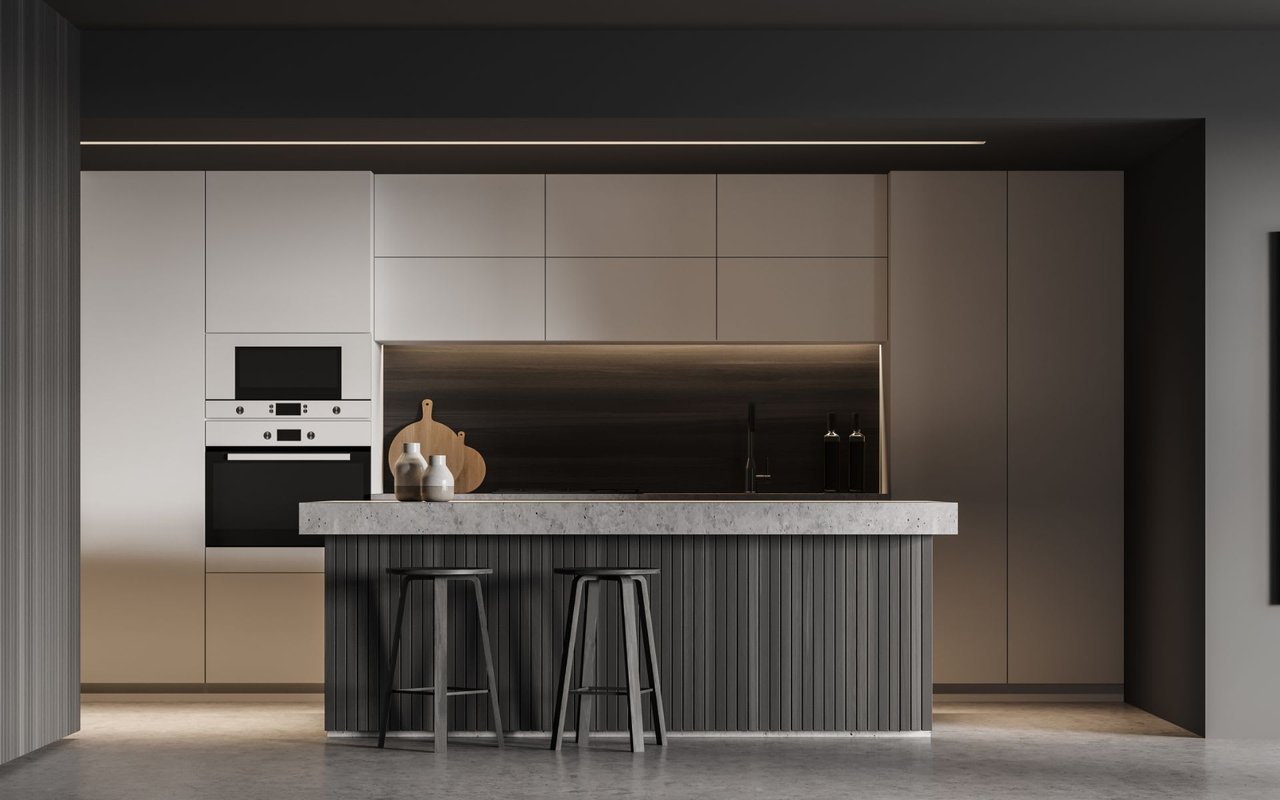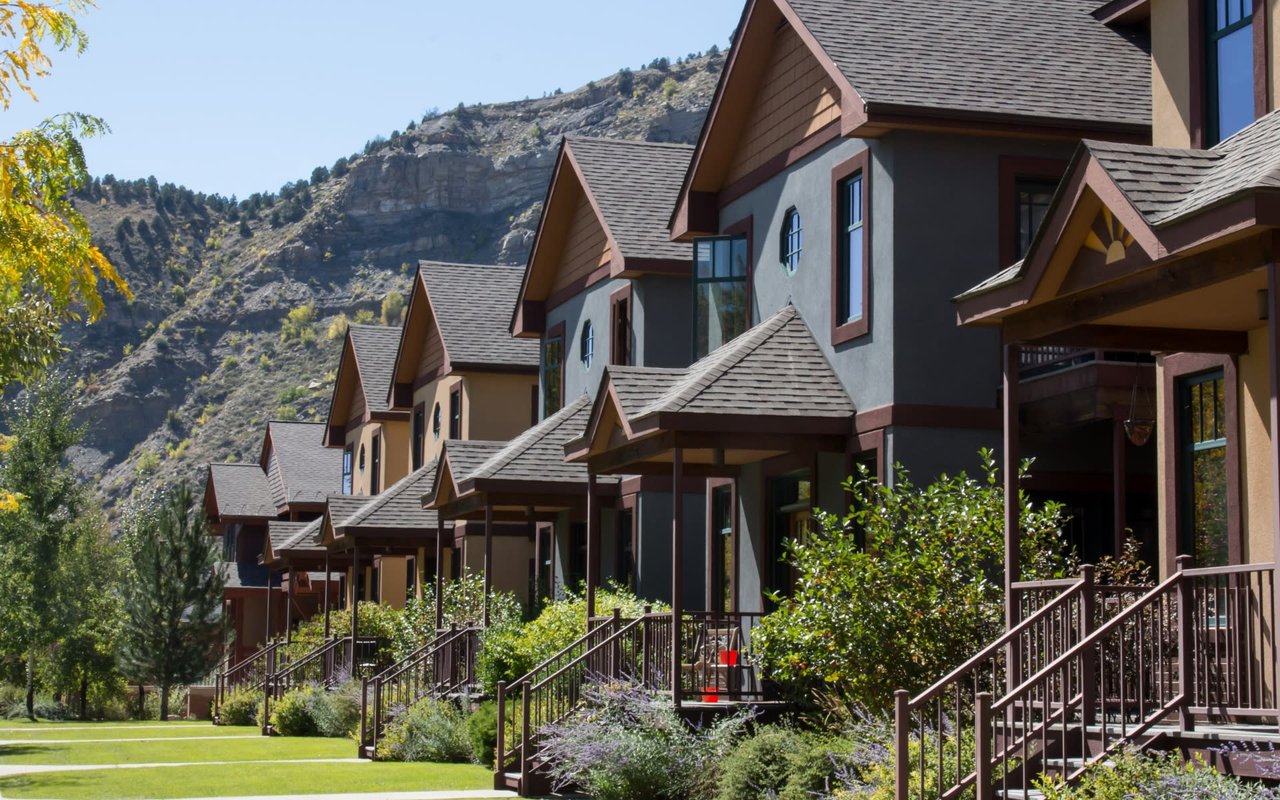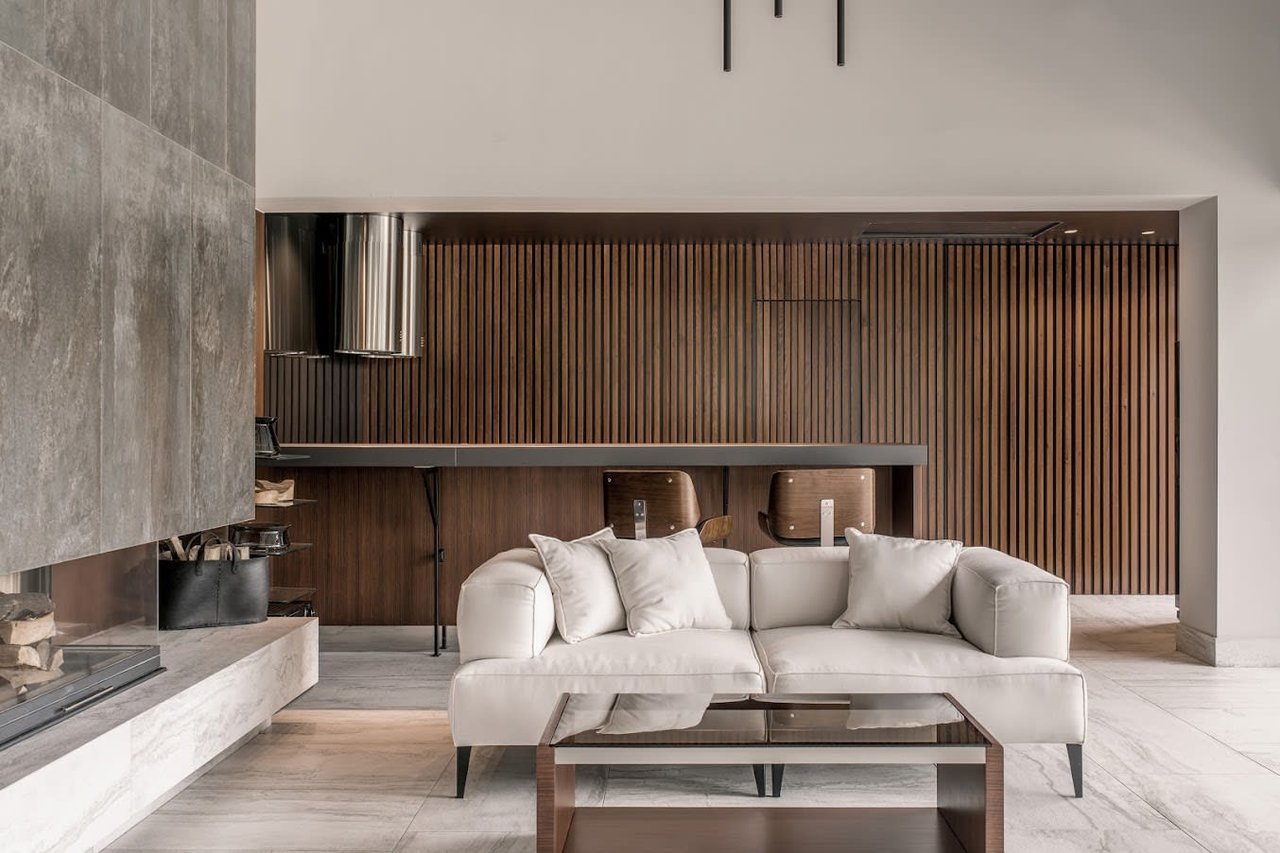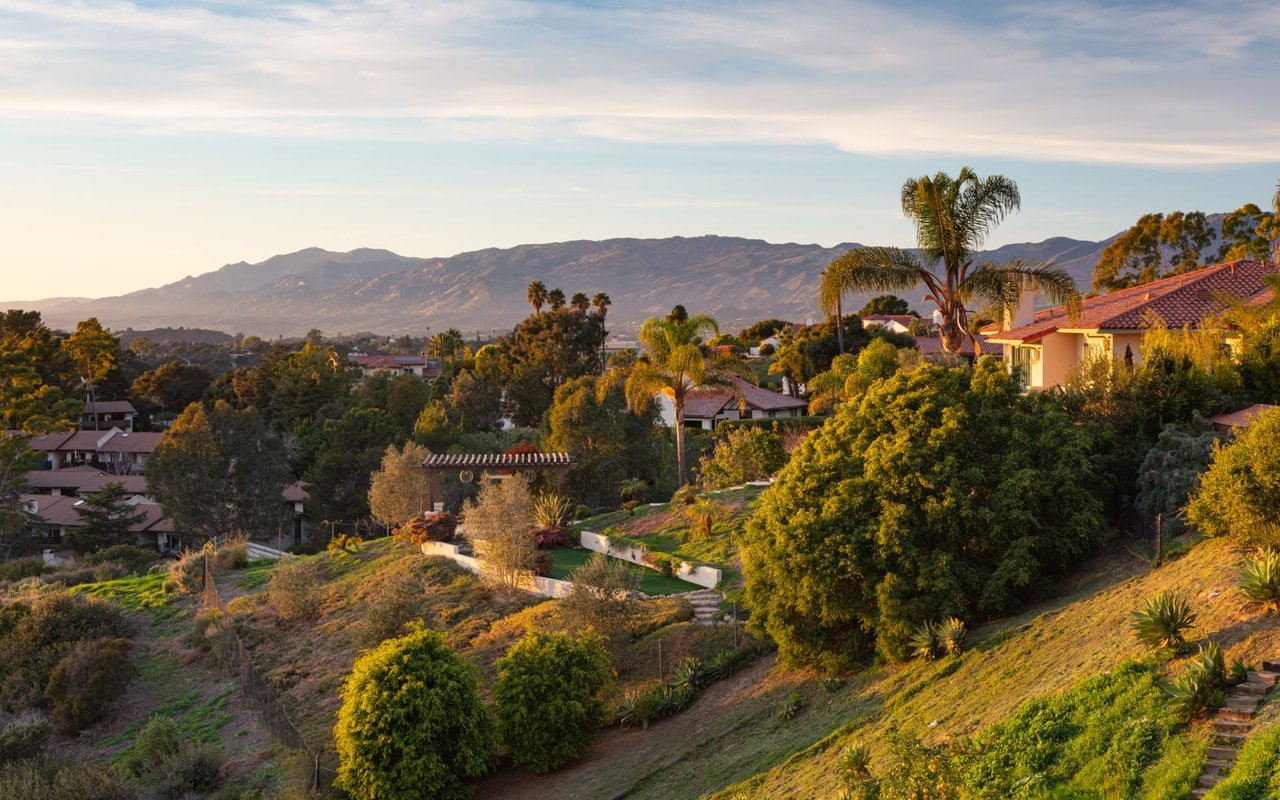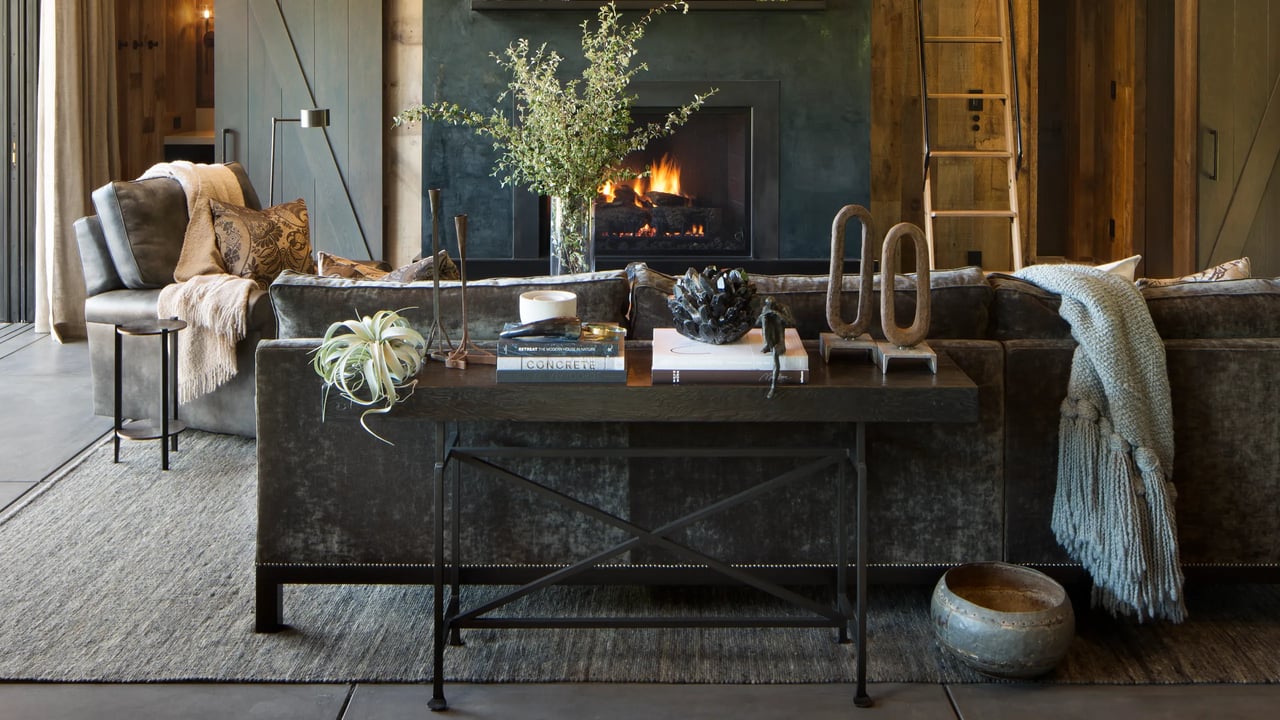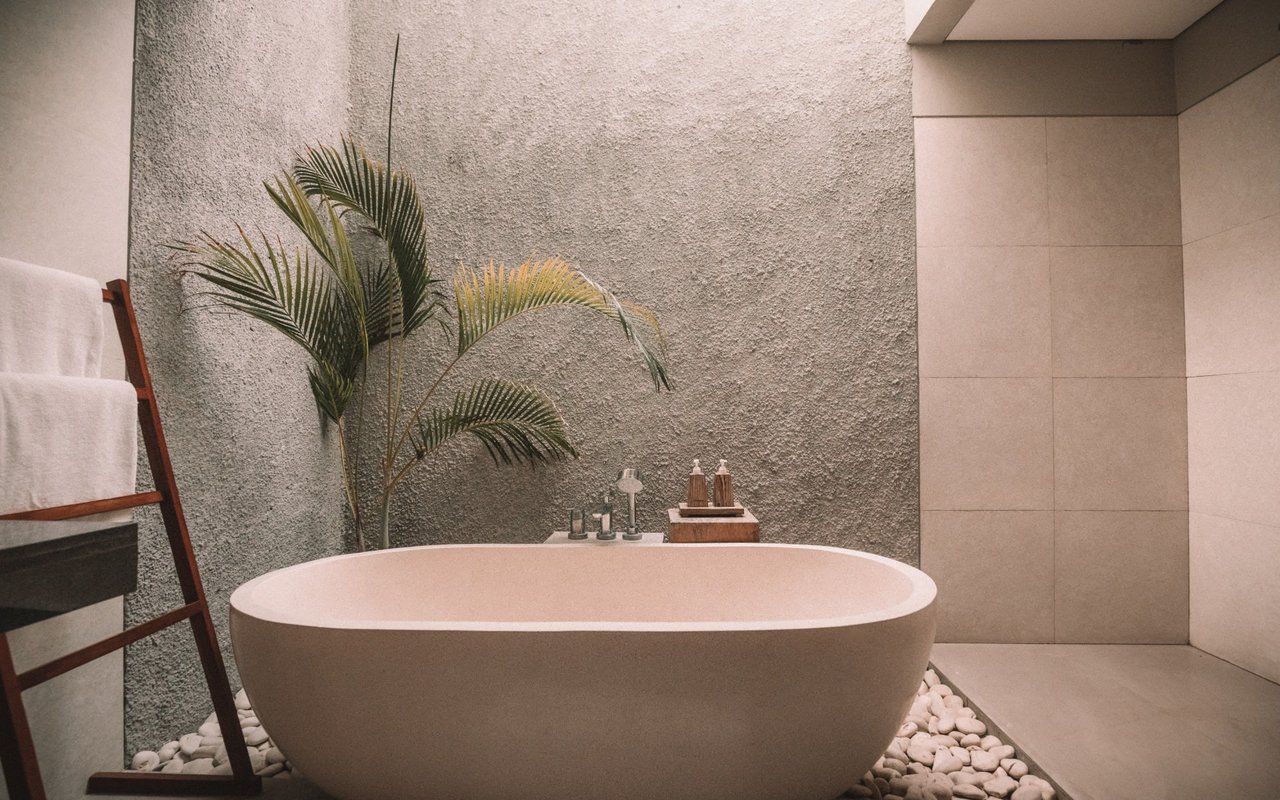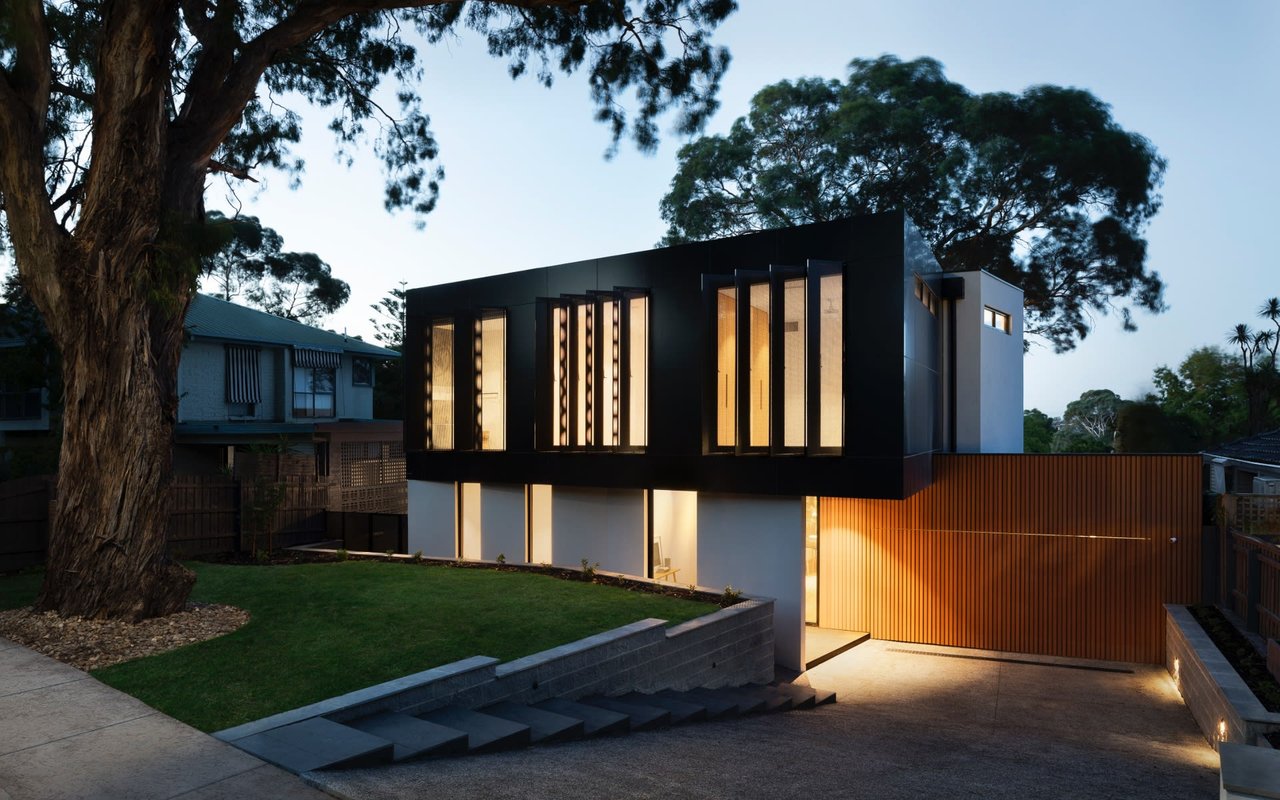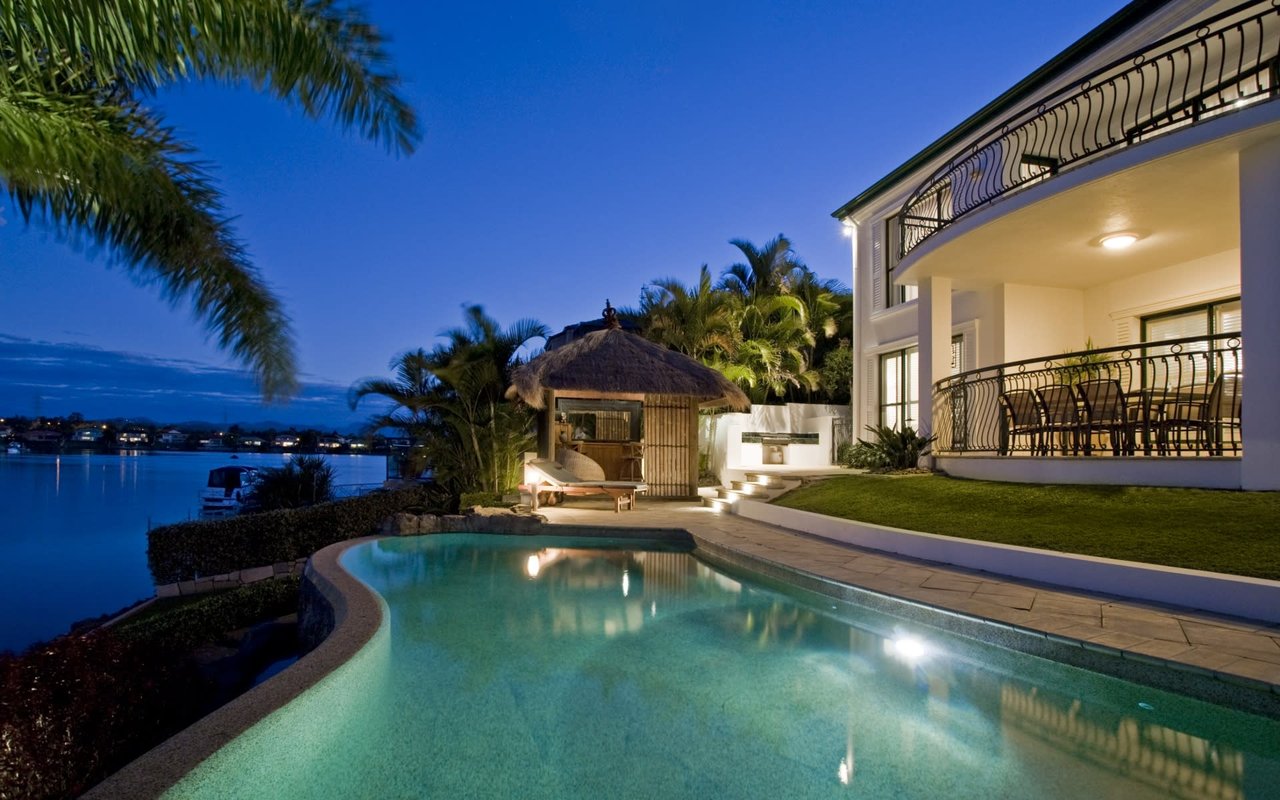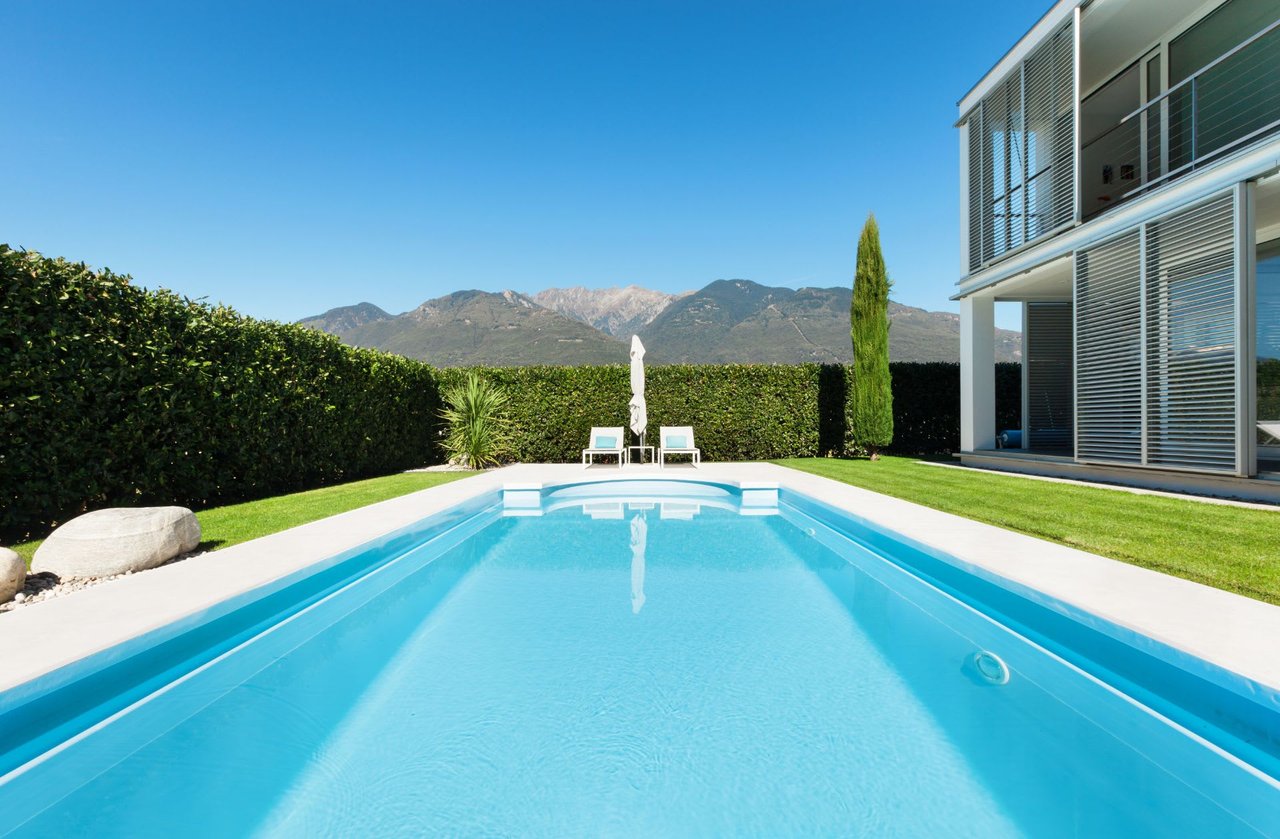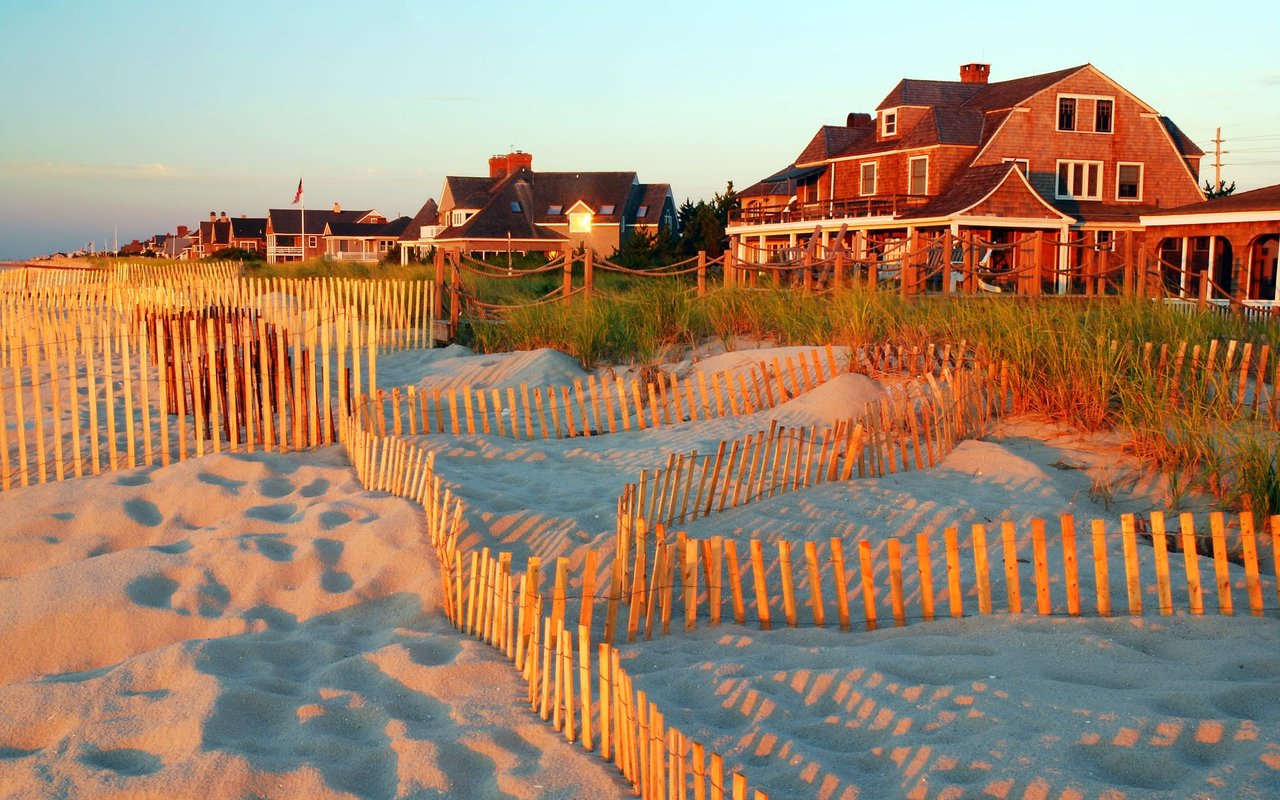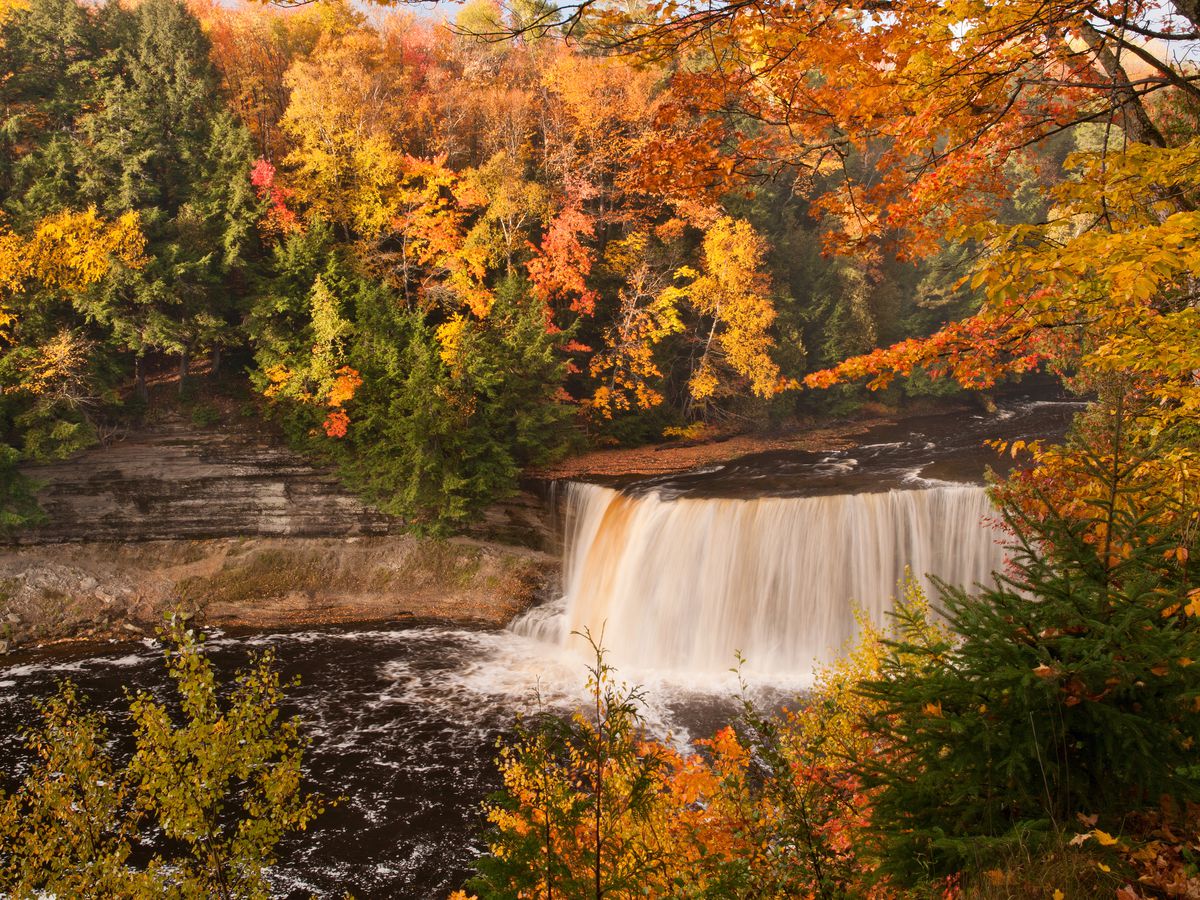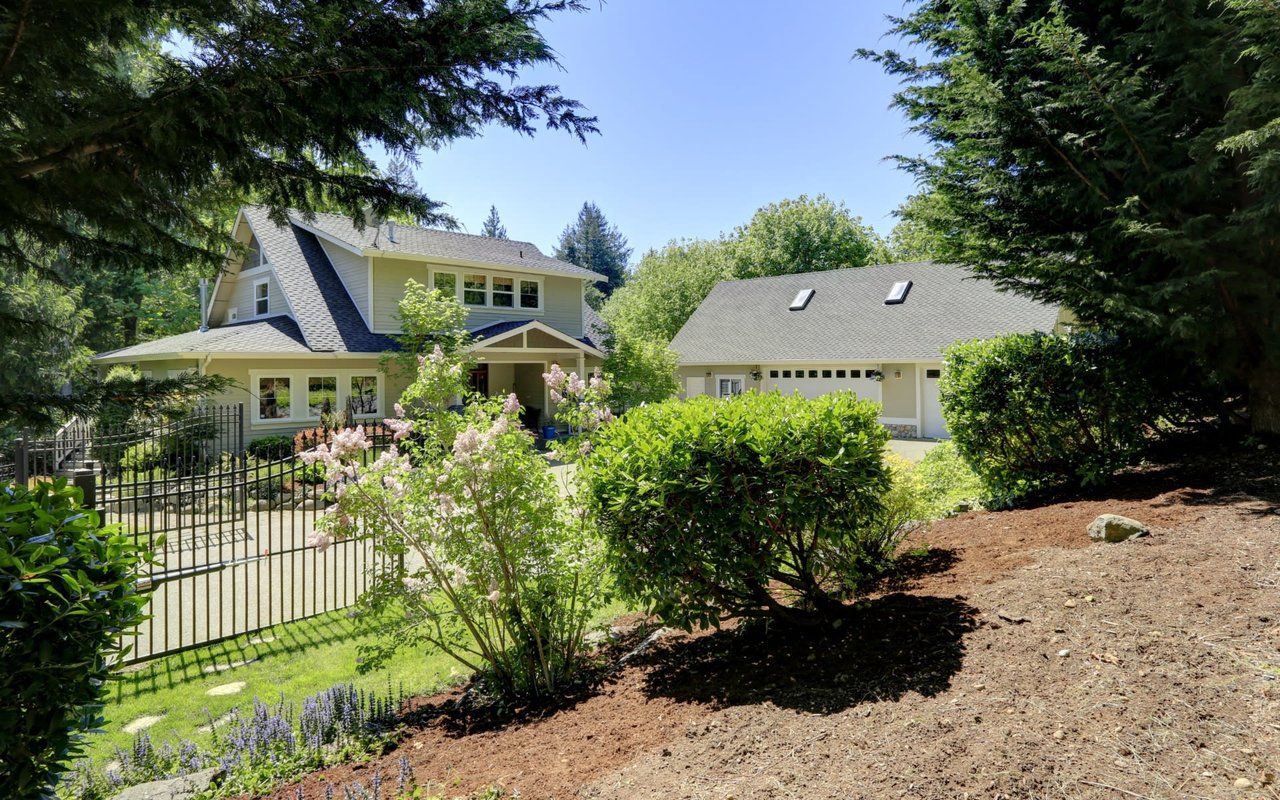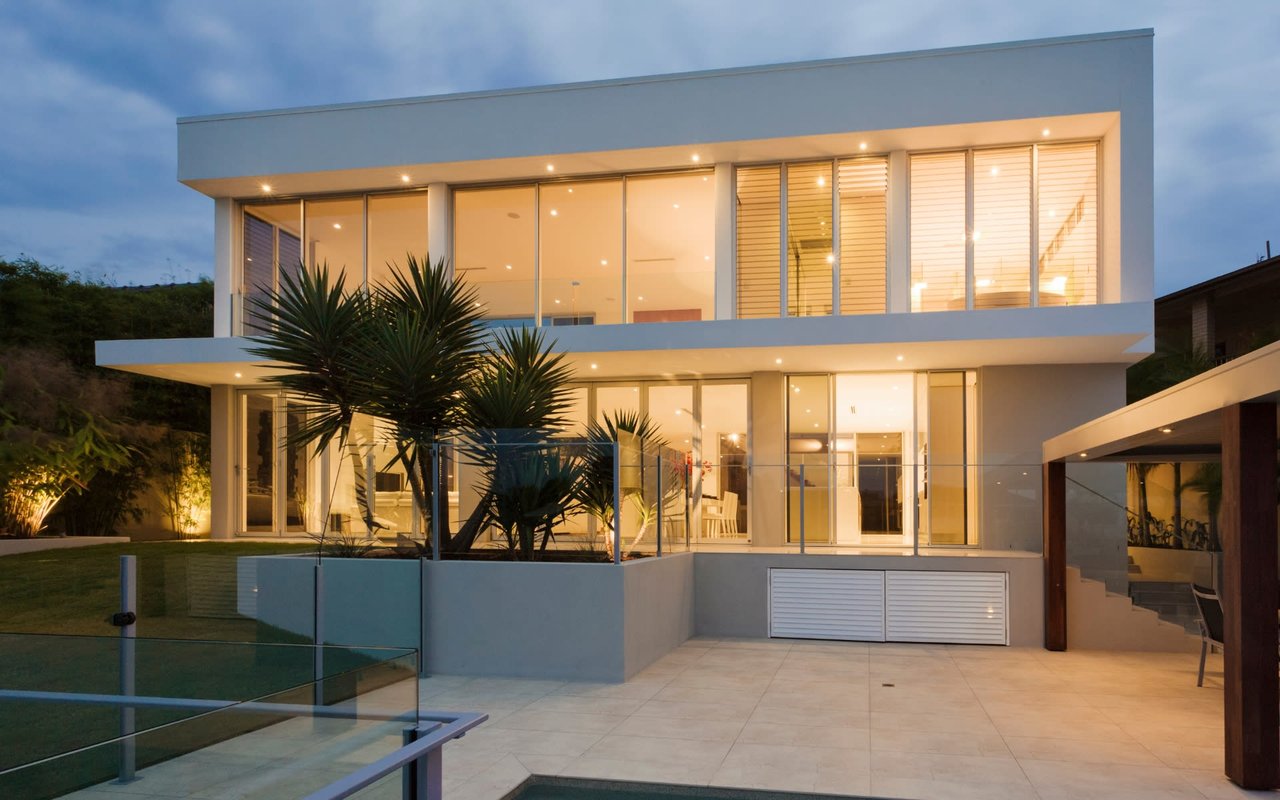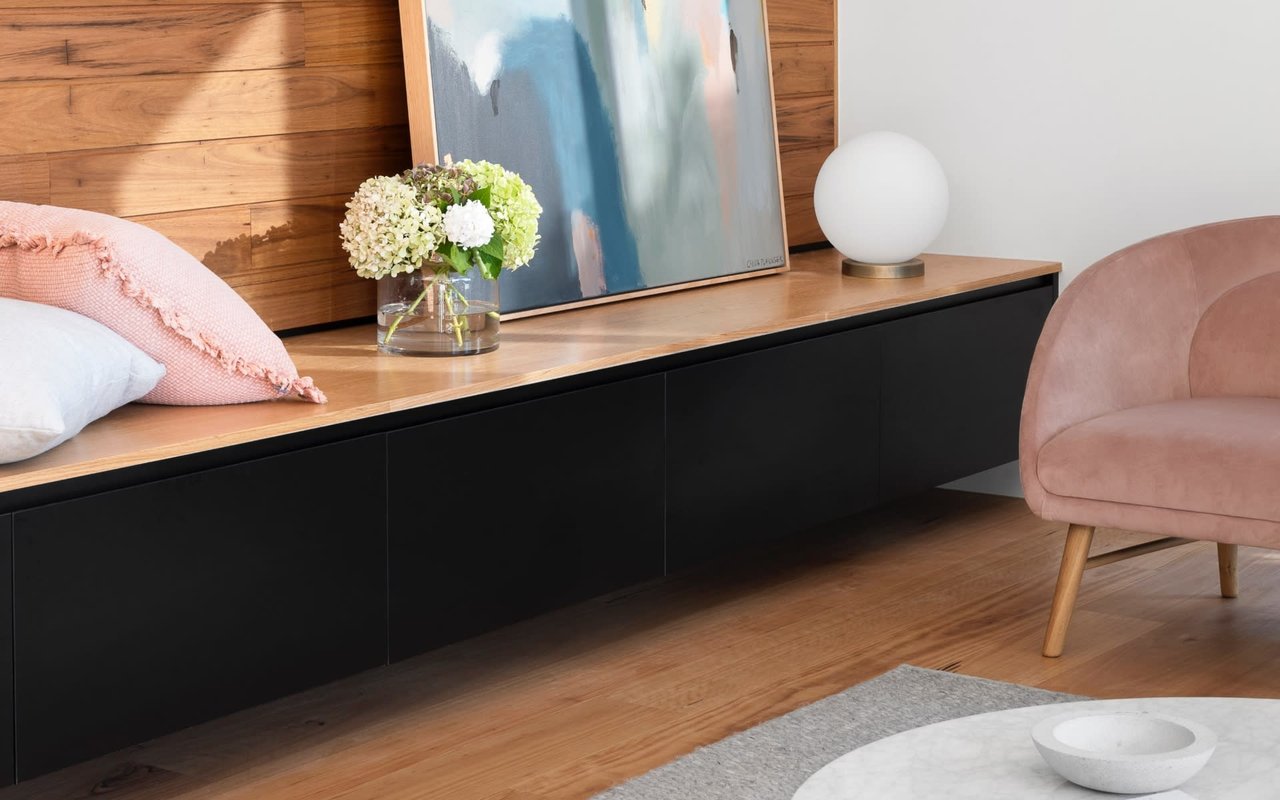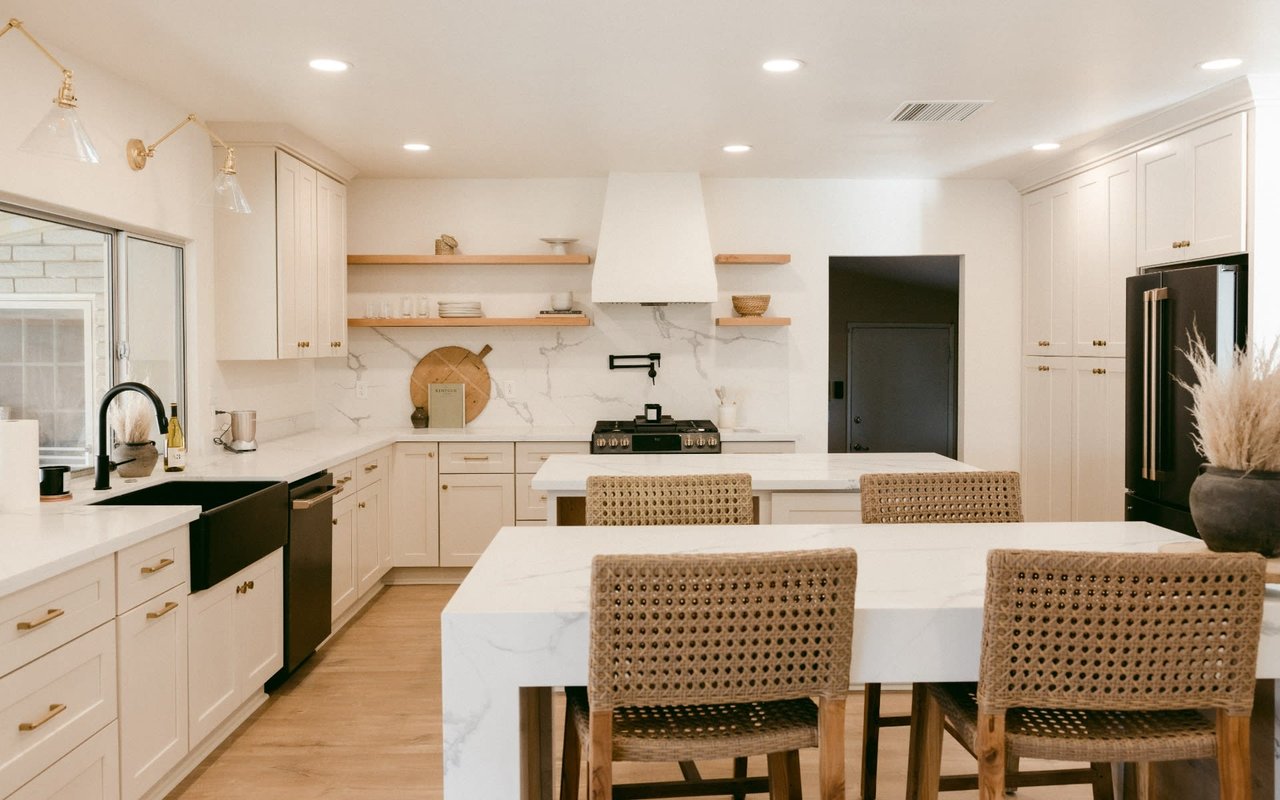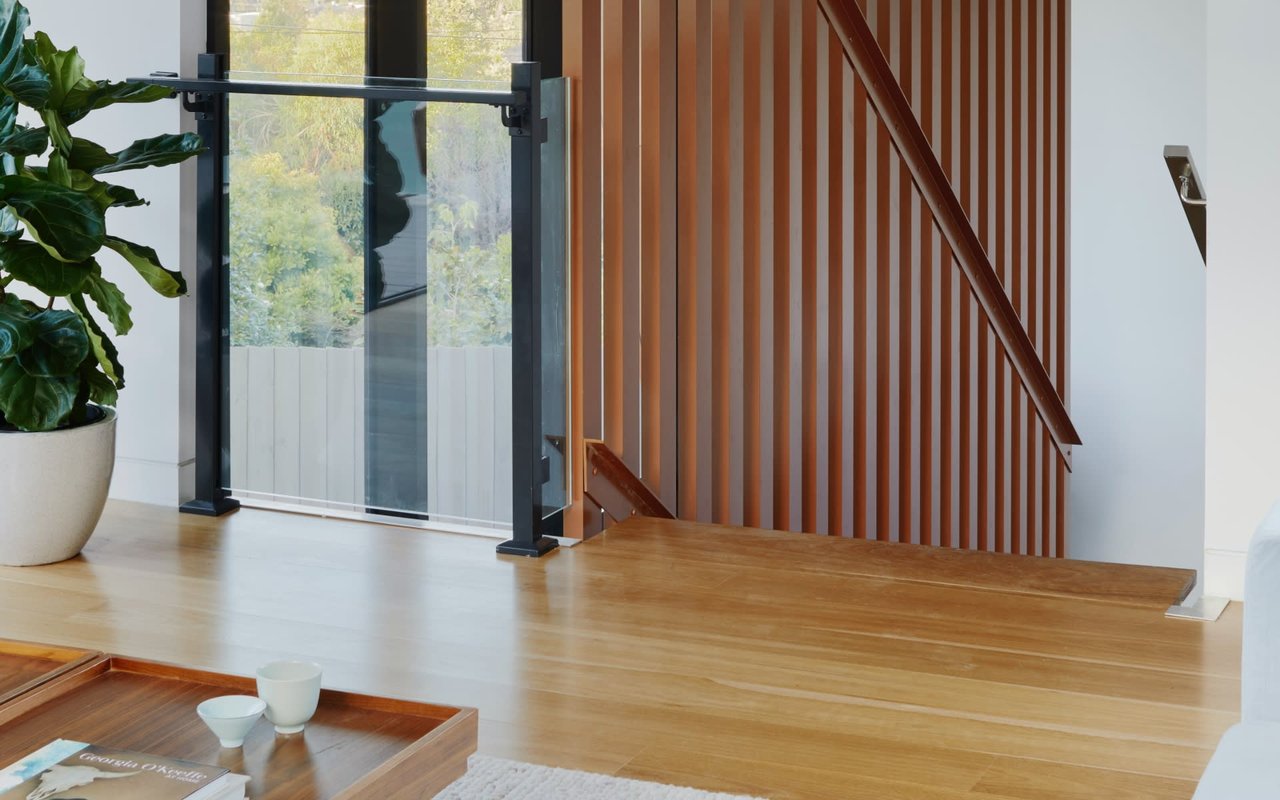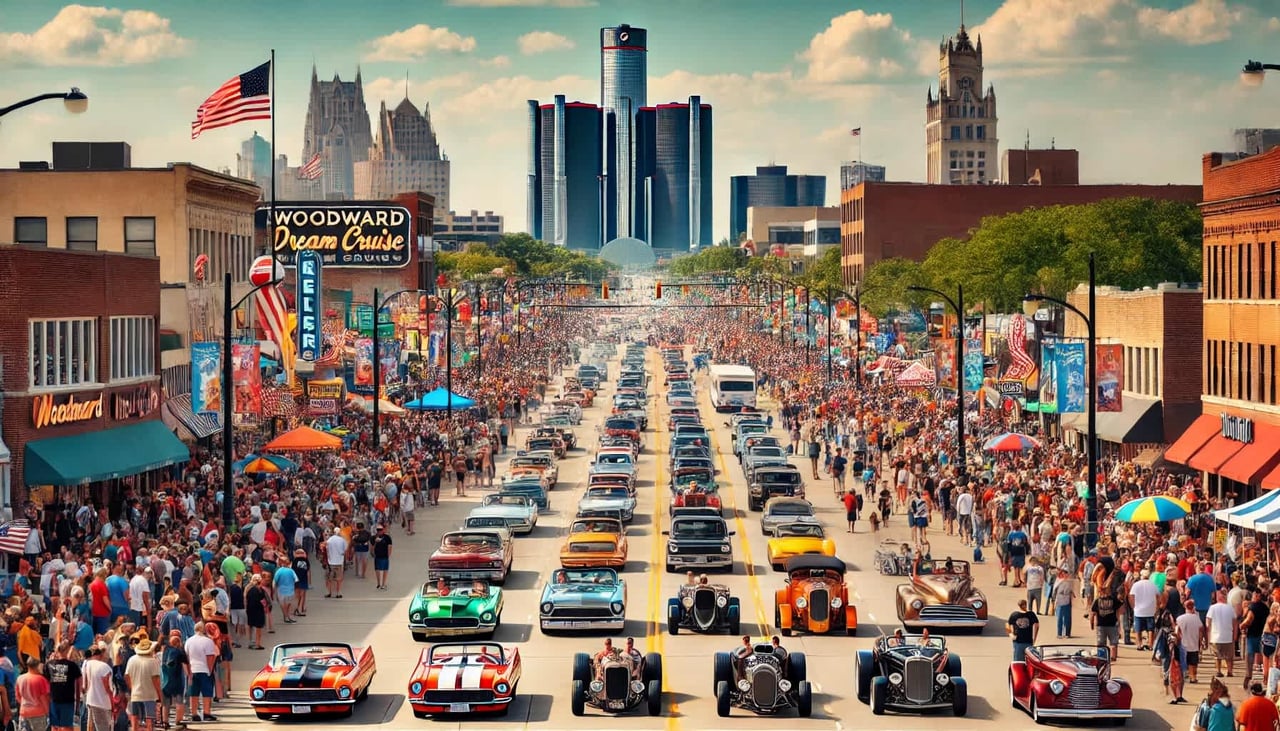Decades before his 20th-century architectural masterworks like Fallingwater and the Solomon R. Guggenheim Museum, the young draftsman Frank Lloyd Wright got his start in 1888 in Chicago, designing comfortable suburban homes.
By 1900, his genius began to manifest in distinctive homes with strong horizontals, low-stacked masses and geometric, organic forms—his Prairie Style—which spread across the region.
His houses, set back, turned a shoulder to the street, concealing entrances under sheltered overhangs. Inside, another story: An open, multilevel plan, structured to play with space and light, its stone and woodwork arrayed in serene autumnal colors, accented by Wright-designed fixtures and furniture—with a hearth, of course, at its center.
By 1910, Wright had built about 50 Prairie homes. “Form and function should be one, joined in a spiritual union,” he said, probably with an eye toward his biographers.
A bold experimentalist, showman, and publicity seeker whose personal life was wracked by scandal and tragedy, Wright acknowledged no peer. He refused all his life to join the American Institute of Architects. (The AIA gave him its highest honor, the Gold Medal, in 1949.)
Rival architect Philip Johnson once called him “the greatest architect of the 19th century.” Wright, he said, had dismissed Johnson’s iconic Glass House as “a monkey cage for a monkey,” describing it as “a box” and “not a house at all.”
This cage-free edition celebrates the works of the 20th-century master and those of his devotees.
1. The Frederick C. Bogk House in Milwaukee, Wisconsin
The Bogk House was Wright’s only single-family residential project in the city of Milwaukee, Wisconsin, as “a good house from a good period for a good client.”
The client, alderman and entrepreneur Frederick C. Bogk and his wife, Mary, commissioned the house while Wright was preparing to set sail for Japan to oversee construction of Tokyo’s Imperial Hotel. The complex, which later survived a devastating earthquake, made Wright famous.
This is only the second time the Bogk’s 6,712-square-foot house on Milwaukee’s east side has been offered for sale in its 107-year history. The present owners have been faithful stewards since 1955.
The monolithic concrete ornamentation of the façade evokes the Unity Temple (1904). The use of sculptural decorative elements recalls those of Midway Gardens (1913).
The entrance, true to form, is on the side of the house to avoid disrupting the façade’s elaborate concrete ornamentation. The green-tiled hip roof and the substantial lintel over the windows emphasize the home’s vertical and horizontal lines. That intricately patterned frieze on the exterior conceals the uncharacteristic inclusion of an attic—a feature Mrs. Bogk demanded to keep her laundry indoors.
Perhaps more significant in the design, however, is the architect’s emphasis on a free-flowing, open first floor plan—the design strategy that would become the hallmark of Wright’s domestic interiors for the rest of his career.
2. The Samuel and Dorothy Eppstein House and The Eric and Pat Pratt House in Galesburg, Michigan
Wright’s Usonian period transformed American domestic architecture. “The Usonian house is American, creating a new standard, simple, gracious, evolving a dignified home for all.”
It all started with the iconic 1934 Willey House—built during the Great Depression, it was the first house he designed specifically for the middle class. In all, 60 Usonian homes were built, either by Wright or his apprentices at Taliesin.
The Samuel and Dorothy Eppstein House (1953) and the Eric and Pat Pratt House (1951) are a rare opportunity to own not one but two original Usonian houses, built under Wright’s supervision by the original homeowners and painstakingly restored by the current owner.
The Eppstein House, with its low-slung profile, horizontal lines, and expansive windows, provides a seamless connection between indoors and out.
The 10-foot floor-to-ceiling glass façade opens to a terrace overlooking a tranquil wildflower meadow.
Its exterior structure, concrete and masterfully restored mahogany detail enclose two light-filled living spaces (each with a fireplace and beautifully restored Wright-designed furniture) and three large bedrooms.
Beautiful pastureland separates the two homes.
The Pratt House has a distinctive cantilevered overhang, floor-to-ceiling windows and glass doors.
The 2,200-square-foot floor plan offers two bedrooms, two bathrooms, a library/music room, and an entertainment space with fireplace—and in the Wrightian tradition, a wall of windows to bring the outdoors in.
Beyond is the 70-acre wooded expanse of The Acres, listed on the National Register of Historic Places in 2004.
3. 1950s Mansion in San Fernando, Buenos Aires, Argentina
 San Fernando, Argentina, is the picturesque setting for this Raúl von der Becke-designed modernist mansion, which takes inspiration from the tiered rooflines and balconies of Frank Lloyd Wright’s iconic Fallingwater estate.
San Fernando, Argentina, is the picturesque setting for this Raúl von der Becke-designed modernist mansion, which takes inspiration from the tiered rooflines and balconies of Frank Lloyd Wright’s iconic Fallingwater estate.
A wooded ravine enfolds this alluring midcentury mansion in San Fernando de la Buena Vista, a port city 20 miles northwest of Buenos Aires. Architect Raúl von der Becke modeled the design on Frank Lloyd Wright’s cantilevered 1935 masterwork, Fallingwater.
This house follows the precepts of Wright’s organic architecture: “Simplicity and repose are the qualities that measure the true value of any work of art.”
Built in the late 1950s, the house has been completely restored, yet has perfectly preserved its period details. The 12,917-square-foot interior spans four levels accessed by stairs and an elevator. There are six bedrooms and seven bathrooms.
Two offices/studios can double as additional accommodations. The main living and dining space is on the third floor, along with a guest bathroom, balcony and a terrace with an authentic quincho barbecue grill. The top floor’s teak roof terrace overlooks beautiful private gardens.
The second floor offers four bedrooms; one of them en suite and each has a private balcony. The lower levels have an additional two bedrooms with a shared bathroom and a balcony, and staff and service rooms.
The landscaped gardens access a resort-like pool deck, tropical trees and flowering plants. A car collector’s garage provides seven parking spaces.
4. The Spica Estate in Gelderland, Netherlands
 At one with its idyllic setting, this luxurious home near Amsterdam pays homage to Wright’s distinctive Prairie style.
At one with its idyllic setting, this luxurious home near Amsterdam pays homage to Wright’s distinctive Prairie style.
This unique waterfront residence rests on beautiful grounds surrounded by a lake overlooking The Dutch golf course in The Netherlands’ South Holland province.
The Spica Estate has the allure of a country house yet provides the amenities and décor of a chic urban hotel—underground parking with space for a dozen cars, a butler’s house, and a carriage house with pool, gym, sauna, and hammam.
Evocative of Wright’s Prairie style, the main residence is a tiered, cantilevered structure with an organic, open plan layout, featuring vaulted ceilings, a warm palette, and abundant fenestration.
The property extends to 38,179 square feet with 14 bedrooms and 12 full bathrooms, currently configured as six penthouse suites, each with more than 6,000 square feet of living space and 2,500 square feet of terraces overlooking the estate’s verdant parkland, the lake, and across the fairways.

